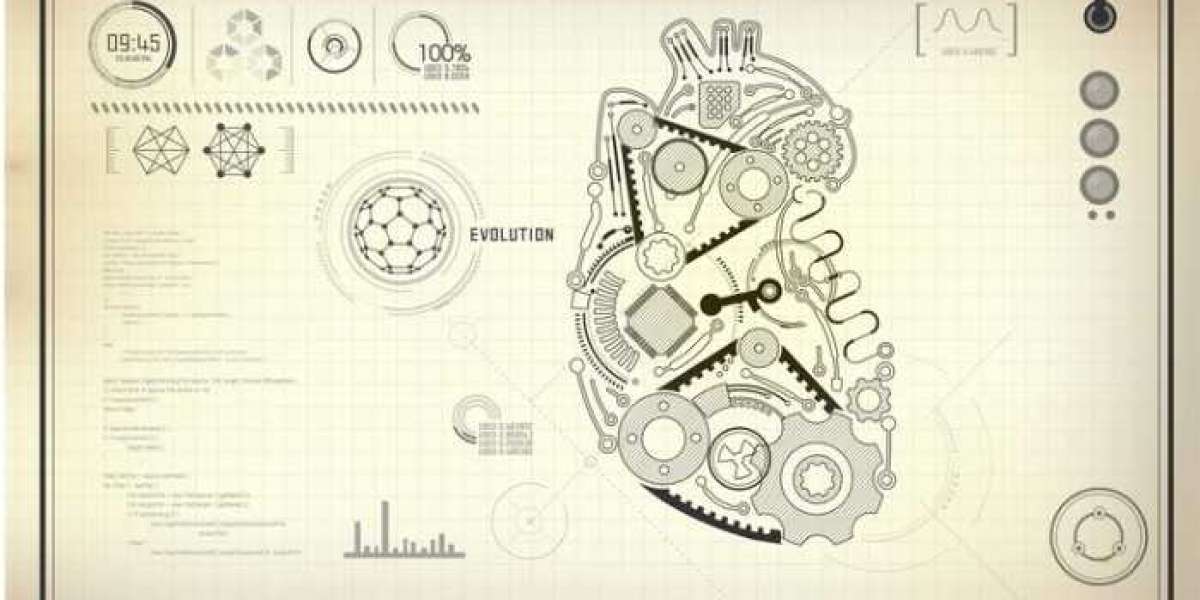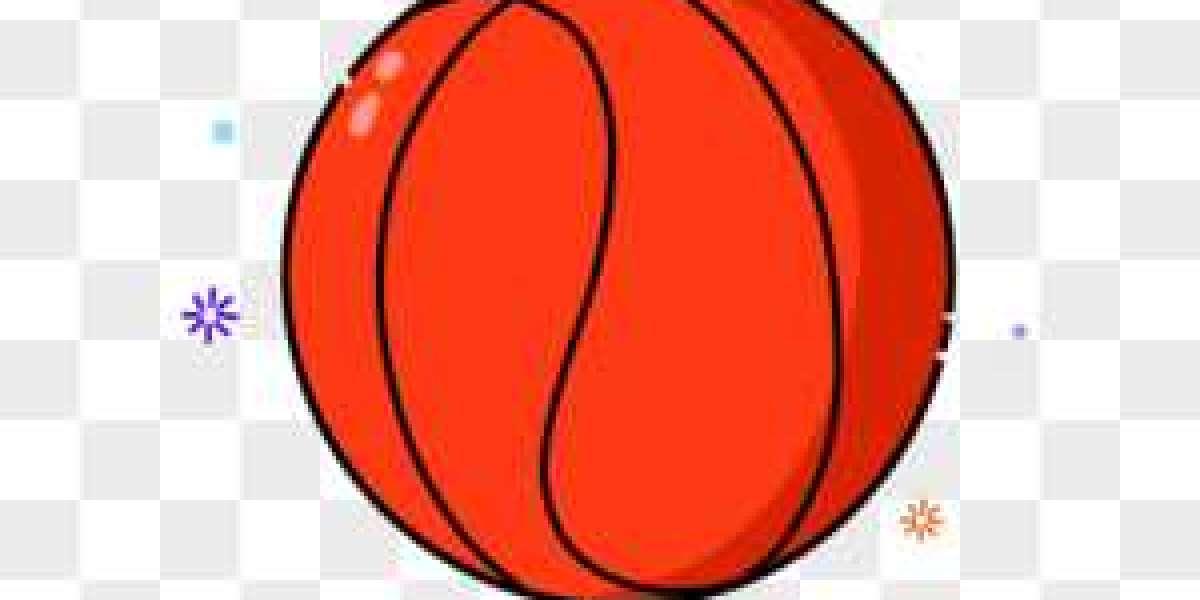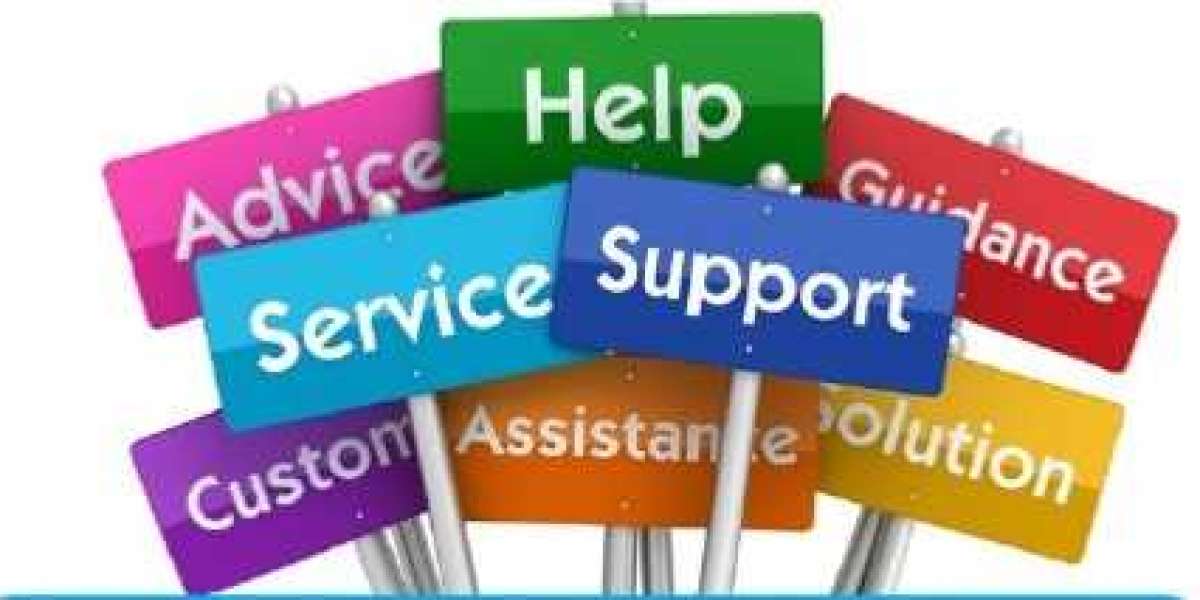In the dynamic and competitive landscape of innovation, securing a utility patent is often a critical step for inventors and businesses. A utility patent grants exclusive rights to an inventor, safeguarding their inventive concepts from unauthorized use. Among the essential components of a utility patent application, patent drawings stand out as indispensable tools. In this comprehensive article, we will delve into the world of utility patent drawings, exploring their significance and delving into the services provided by professional patent drawing specialists.
Understanding the Role of Utility Patent Drawings
Utility patent drawings, often called patent illustrations or figures, play a critical role in the patent application process. These drawings are visual representations of an invention and serve several crucial functions:
- Enhancing Clarity: Patent drawings help enhance the clarity and understanding of the invention. They provide a visual context for the written description, making it easier for patent examiners, competitors, and the public to grasp the intricacies of the invention. This is especially important when dealing with complex or technical innovations.
- Providing a Comprehensive View: A well-crafted patent drawing offers a comprehensive view of the invention. It allows viewers to see the components, features, and interrelationships. This comprehensive representation ensures that nothing is left to interpretation or ambiguity.
- Supporting Legal Claims: Patent drawings act as legal evidence for the claims made in a patent application. They visually substantiate the inventor’s assertions, demonstrating that the invention meets the criteria for patentability. This is particularly important during the patent examination process and any potential legal disputes.
- Highlighting Unique Features: Patent drawings are instrumental in highlighting the unique and distinguishing features of the invention. They visually underscore what sets the invention apart from existing prior art, emphasizing its novelty and non-obviousness.
- Adherence to Patent Office Standards: Utility patent drawings must adhere to specific standards and guidelines established by patent offices globally. These standards ensure uniformity and consistency in patent applications, reducing the likelihood of rejections or delays.
- Effective Communication Tool: Patent drawings serve as a means of communication. They convey the essence and functionality of the invention to a wide range of audiences, including patent examiners, potential investors, partners, and licensees. Well-crafted patent drawings make the invention more accessible and attractive to these stakeholders.
- Simplifying Complex Ideas: Some inventions are inherently complex and challenging to explain solely through written descriptions. Patent drawings simplify these complex ideas, making them easier for a broader audience to understand.
- Preserving Intellectual Property: Utility patent drawings become part of the public record upon patent grant. They serve as enduring records of intellectual property, ensuring that the invention’s details remain accessible for future reference.
- Educational and Reference Value: Beyond their legal and functional significance, patent drawings contribute to the collective knowledge base in various fields. They serve as educational tools for students, researchers, and inventors, offering insights into different technologies and innovations.
Professional Utility Patent Drawing Services
Professional utility patent drawing services are specialized providers that offer expertise in creating high-quality patent drawings, also known as patent illustrations or patent figures. These services play a pivotal role in assisting inventors and businesses in the patent application process. Here are the key aspects and benefits of professional utility patent drawing services:
- Expertise in Patent Regulations: Professional patent drawing services have a deep understanding of the legal and technical requirements imposed by patent offices worldwide. They stay updated with evolving patent regulations and guidelines, ensuring that your patent drawings are compliant with all necessary rules.
- Experienced Illustrators and Draftsmen: These services often employ experienced illustrators and draftsmen who specialize in creating patent drawings. These professionals possess the skills and knowledge needed to accurately depict complex inventions and intricate details.
- Customization to Suit Your Invention: Professional patent drawing services can tailor their approach to match the unique characteristics of your invention. They can adapt to various styles, formats, and specifications, ensuring that the drawings effectively represent your invention’s intricacies.
- Timeliness and Efficiency: Patent applications often come with tight deadlines. Professional services are equipped to work efficiently and expedite the creation of drawings, helping you meet critical filing and examination timelines.
- Stringent Quality Control: These services maintain strict quality control measures throughout the drawing creation process. Quality control ensures that your patent drawings meet the highest standards, minimizing the risk of issues during patent examination.
- Global Filing Support: For inventors seeking international patent protection, professional patent drawing services can adapt your drawings to meet the specific requirements of different patent offices worldwide. This expertise streamlines the global patent filing process.
- Consistency in Style and Formatting: Maintaining consistency in style and formatting throughout the drawings is crucial for clarity and professionalism. Professional services ensure that all drawings in your patent application align seamlessly.
- Technical Accuracy: Patent drawings must accurately represent the invention’s structure and functionality. Professional patent drawing specialists are well-versed in technical accuracy and can ensure that every element is correctly depicted.
- Effective Communication and Collaboration: These services actively collaborate with inventors and patent attorneys, fostering open communication to accurately translate your vision into the drawings.
- Comprehensive Descriptions: Professional patent drawing services work in conjunction with detailed written descriptions to enhance the overall clarity and comprehensibility of your patent application.
- Review and Feedback: Professional services often provide expert review and feedback to enhance the quality and effectiveness of the drawings. This collaborative approach ensures that the drawings effectively support your patent application.
- Cost-Efficiency and Risk Mitigation: While professional patent drawing services may involve an initial investment, they often prove to be cost-efficient in the long run. Accurate and compliant drawings reduce the likelihood of rejections and delays, ultimately saving time and resources. They also mitigate the risk of errors or omissions that could negatively impact your patent application’s success.
Strategies for Maximizing Utility Patent Drawings
Maximizing the effectiveness of utility patent drawings is crucial for a successful patent application. Here are some strategies to help you make the most of your utility patent drawings:
- Early Involvement: Collaborate with patent drawing specialists early in the patent application process. Their insights can help shape the invention’s visual representation and strengthen your application.
- Effective Communication: Maintain open communication with the drawing service providers. Convey your invention’s nuances, and address any questions or concerns promptly to ensure accurate representation.
- Detailed Descriptions: Provide comprehensive written descriptions of your invention to accompany the drawings. This synergy between text and visuals enhances the application’s overall clarity and persuasiveness.
- Iterative Review and Feedback: Actively participate in the review process and seek feedback from patent professionals. This iterative approach ensures that your drawings effectively support your patent application.
- Understanding Patent Office Requirements: Familiarize yourself with the specific requirements of the patent office where you are filing your application. Different patent offices may have slightly different standards for patent drawings. Ensure that the drawings meet these requirements to avoid potential issues.
- Customization for the Target Audience: Consider the audience that will be reviewing your patent application. Tailor the patent drawings to resonate with patent examiners, potential investors, or licensees. Highlight aspects of the invention that are most relevant to the target audience.
- Quality Over Quantity: Emphasize quality over quantity when it comes to patent drawings. A few well-crafted, highly informative drawings can be more impactful than numerous, less detailed ones. Focus on creating drawings that effectively convey the invention’s essence.
- Legal Alignment: Work closely with your patent attorney or agent to ensure that the patent drawings align with the legal and technical aspects of your application. Legal professionals can provide insights into how the drawings can best support your claims.
- Adaptability for Future Use: Consider the long-term value of your patent drawings. They may be used in various contexts beyond the initial application, such as in litigation, licensing negotiations, or portfolio management. Ensure that the drawings are adaptable and maintain their quality over time.
- Budget Considerations: While professional patent drawing services are essential, it’s also essential to manage your budget effectively. Discuss pricing and project scope with the service provider to ensure that the services align with your financial resources.
- Timing and Deadlines: Be mindful of patent application deadlines. Coordinate with the patent drawing service provider to ensure that the drawings are completed promptly, allowing for thorough review and revisions.
- Continued Support: Professional patent drawing services can offer ongoing support as your patent application progresses. They can help address any additional requests or modifications that may arise during the examination process.
Conclusion
In conclusion, utility patent drawings are a fundamental component of a successful patent application, serving as visual representations of an invention that enhance clarity, provide legal support, and communicate its essence to various stakeholders. To harness the full potential of utility patent drawings, consider the following key points:
By implementing these strategies and recognizing the significance of utility patent drawings, you can enhance the quality of your patent application, increase its chances of success, and effectively protect your innovative ideas in the competitive landscape of intellectual property. Utility patent drawings, when crafted strategically, are a powerful tool for securing exclusive rights to your inventions and innovations.








